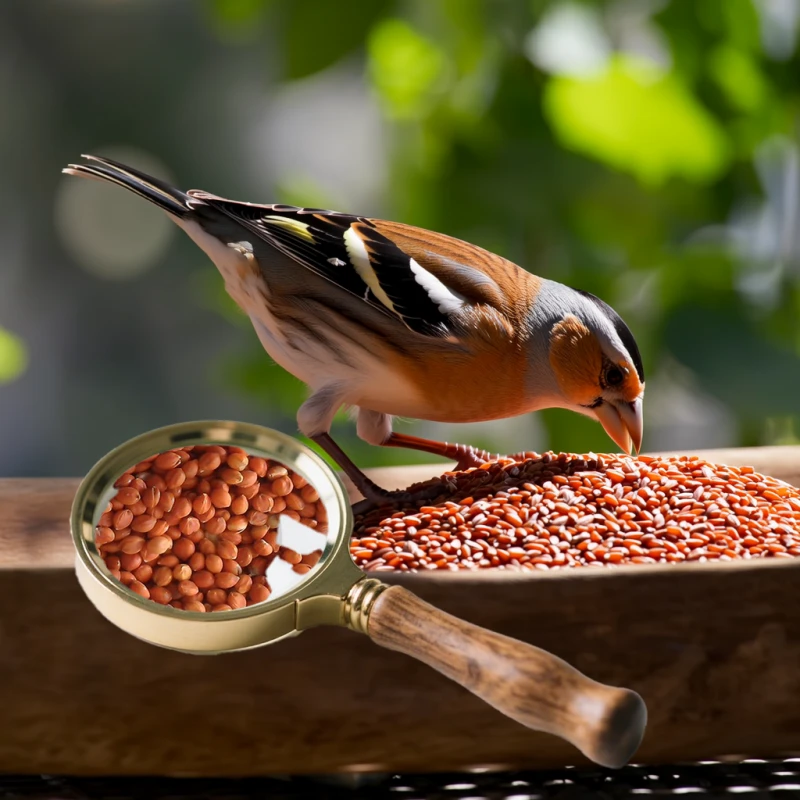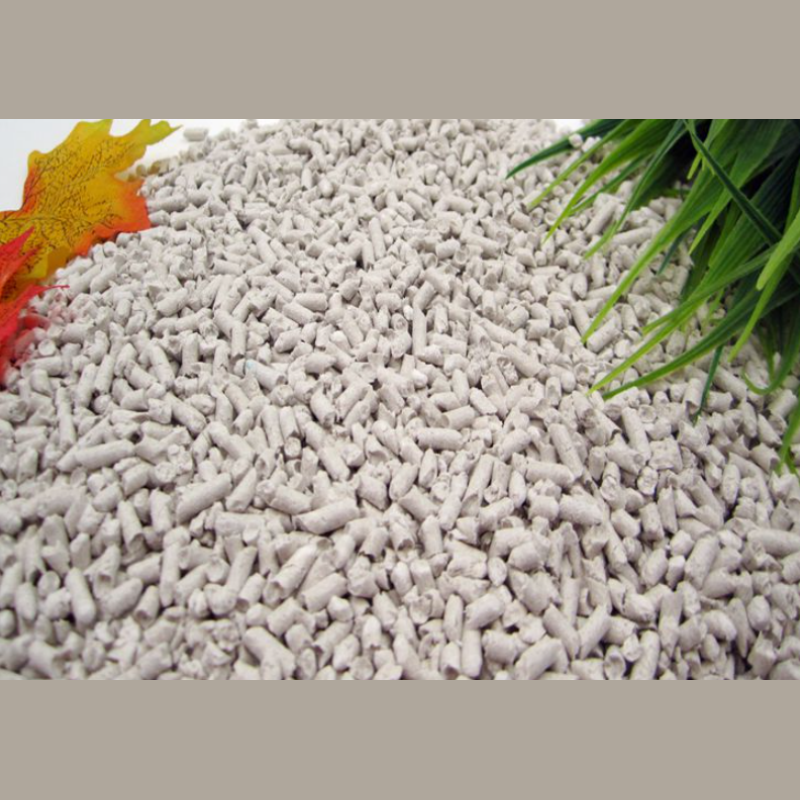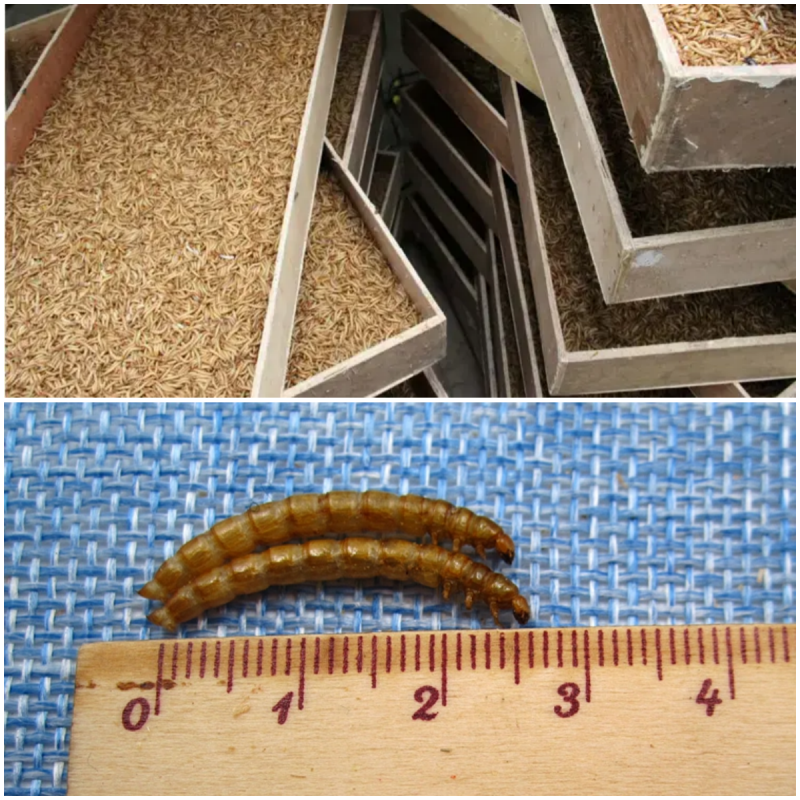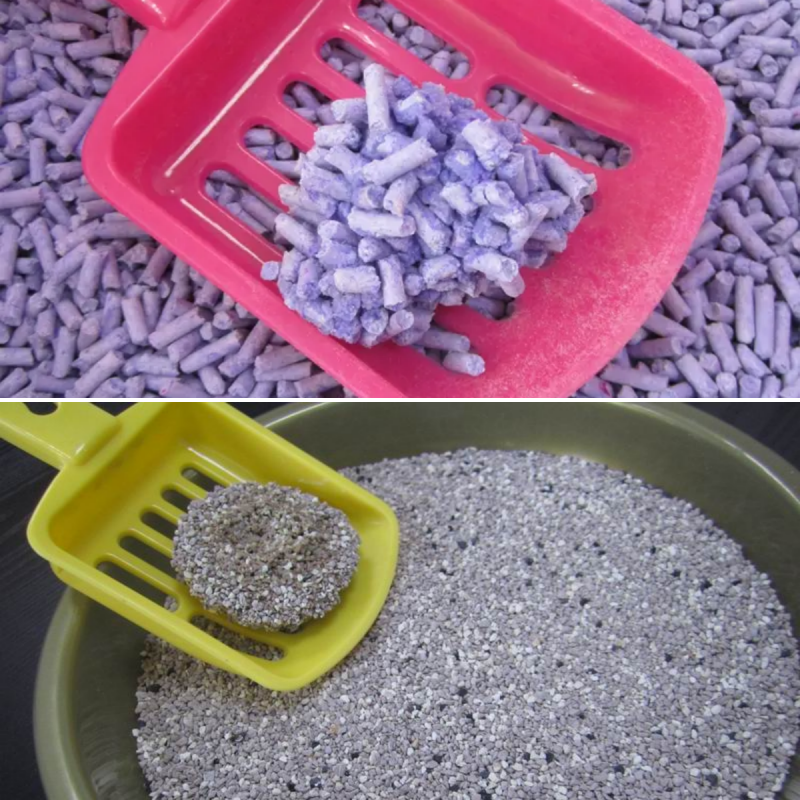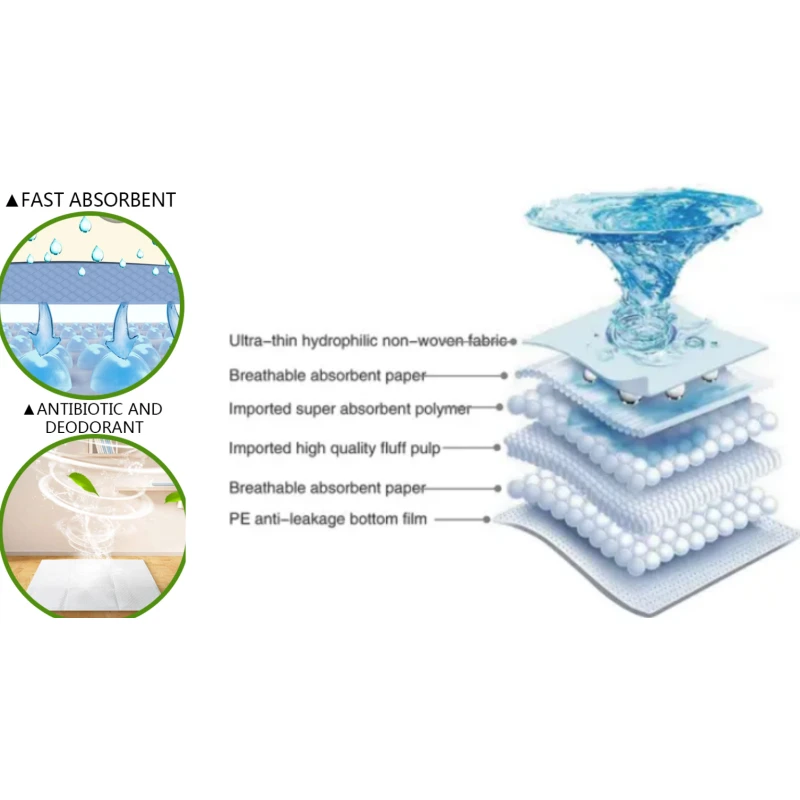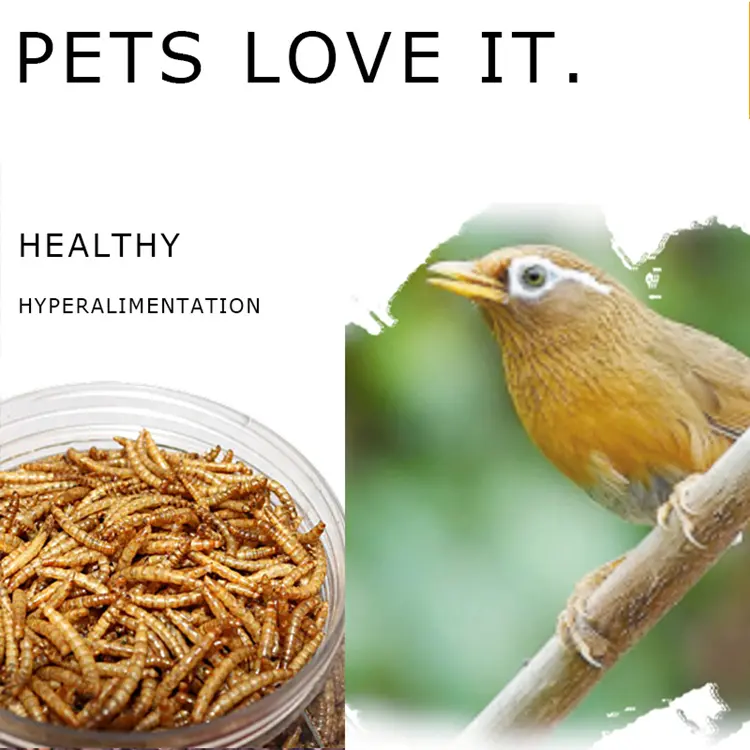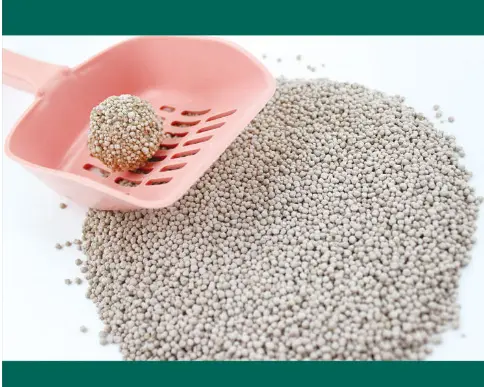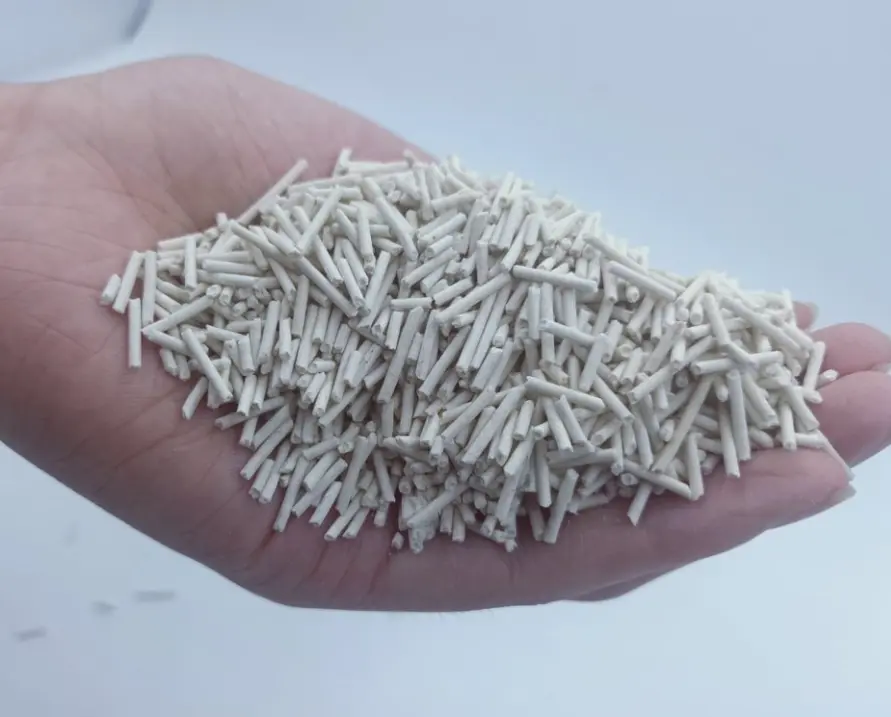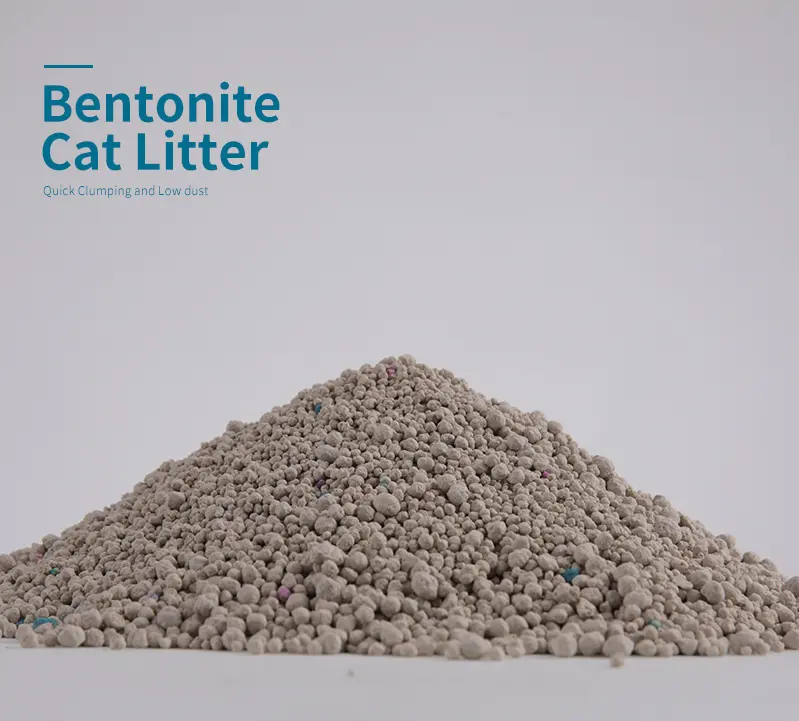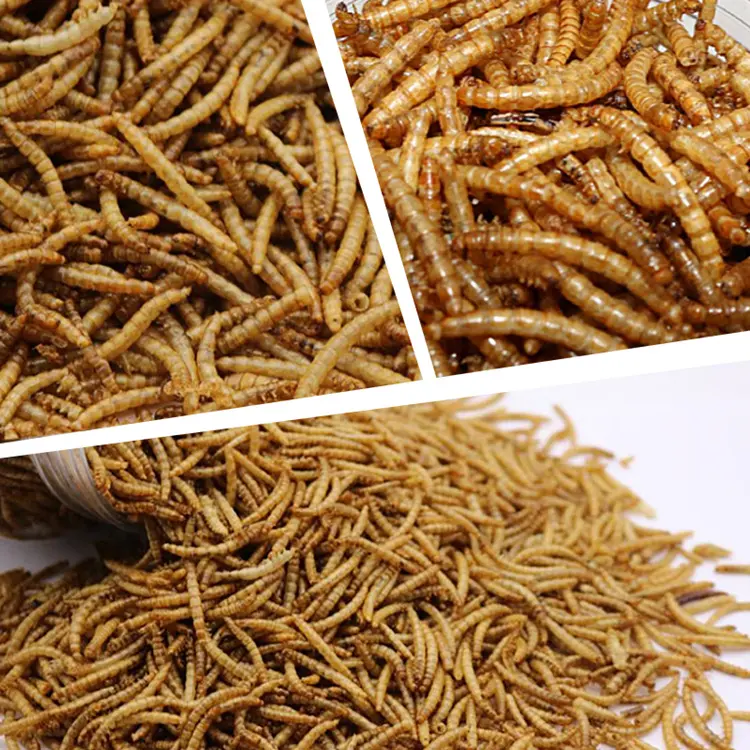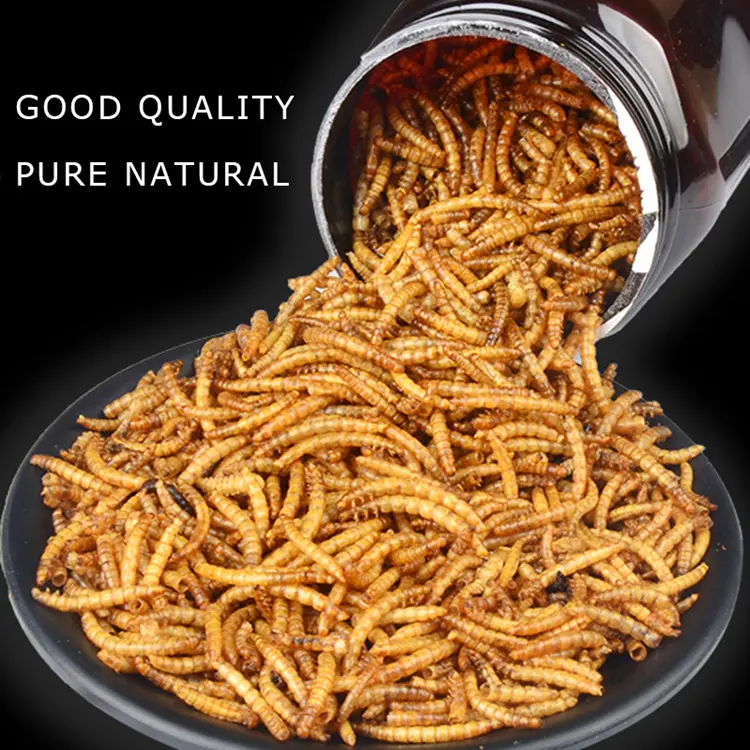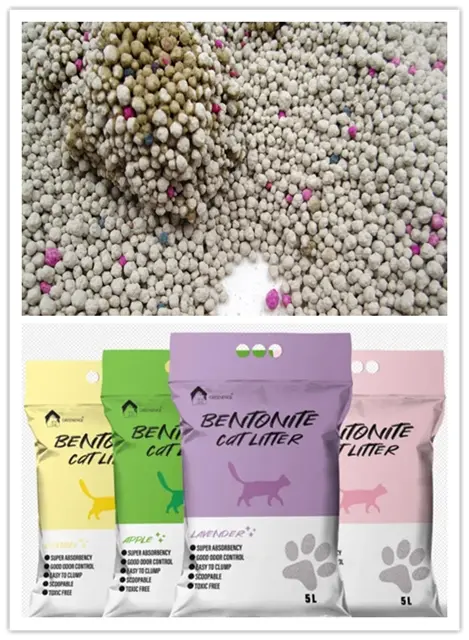In the intricate and often overlooked world of avian nutrition, red millet has quietly emerged as a powerhouse grain with profound benefits—particularly for digestive health. At first glance, it may seem just another seed, but delve a bit deeper, and you'll uncover an impressive nutritional profile backed by both empirical evidence and anecdotal bird-keeping wisdom. This article explores how red millet bird seed can support and even improve the digestive systems of our feathered companions, with detailed nutritional comparisons, scientific insights, and practical applications.
The Underrated Value of Red Millet in Avian Diets
Red millet (Panicum miliaceum), a small, rust-colored seed, has long been part of seed mixes for finches, canaries, parakeets, and many wild birds. While commonly overshadowed by white millet or sunflower seeds, red millet possesses several unique qualities. From a nutritional standpoint, red millet strikes an optimal balance of protein, fiber, and essential micronutrients.
Let’s take a look at how red millet compares to other common bird seeds:
Table 1: Nutritional Content of Red Millet vs. Other Common Bird Seeds
| Nutrient | Red Millet | White Millet | Canary Seed | Sunflower Seed |
|---|---|---|---|---|
| Protein (%) | 11.0 | 10.5 | 13.0 | 16.0 |
| Fat (%) | 4.0 | 3.8 | 6.0 | 24.0 |
| Fiber (%) | 9.5 | 8.0 | 6.5 | 15.0 |
| Carbohydrates (%) | 67.0 | 69.0 | 64.0 | 30.0 |
| Moisture (%) | 8.5 | 8.7 | 8.5 | 8.0 |
While not the highest in protein or fat, red millet's unique edge lies in its fiber and carbohydrate composition, which promotes healthy gut flora and sustained energy release—critical for birds with high metabolic rates.
Gut Microbiome: A Silent Guardian
Birds, like humans, depend heavily on a diverse and balanced microbiome to manage digestion, immunity, and overall well-being. Recent avian nutrition research has shown that diets richer in fibrous seeds such as red millet can significantly increase gut microbial diversity, which in turn lowers the risk of gastrointestinal distress.
In a controlled dietary study evaluating the impact of red millet concentration on digestive health markers in small aviary birds, remarkable results were observed:
Table 2: Effects of Red Millet Diet on Bird Digestive Health
| Test Group | Avg Gut Microbial Diversity Increase (%) | Reduction in Digestive Issues (%) | Feeding Preference (1-10 Scale) |
|---|---|---|---|
| Control (Standard Mix) | 0.0 | 0.0 | 6.5 |
| Red Millet 25% | 15.2 | 12.5 | 7.2 |
| Red Millet 50% | 24.6 | 22.0 | 8.1 |
| Red Millet 75% | 28.3 | 26.8 | 8.5 |
Clearly, as the proportion of red millet increased, birds exhibited both healthier digestion and higher preference for their feed. That’s not merely a win for avian health—it’s a practical guide for bird owners and breeders.
The Mechanisms Behind Digestive Improvement
So how does red millet work its magic?
High Soluble and Insoluble Fiber: Red millet’s fiber content plays a pivotal role in regulating bowel movement, reducing the likelihood of constipation or diarrhea. Insoluble fiber ensures proper peristalsis (gut movement), while soluble fiber feeds beneficial bacteria.
Mild Digestibility: Unlike high-fat seeds such as sunflower, which can overwhelm the digestive tract, red millet digests easily. This is crucial for fledglings or older birds with more sensitive systems.
Prebiotic Potential: Although not officially classified as a prebiotic, red millet exhibits characteristics that nurture probiotic organisms, promoting balance in the gut microbiota.
A Green Step Forward: How Green Pet Care Co., Ltd. Integrates Red Millet
At Green Pet Care Co., Ltd., we are passionate about creating a “green paradise” for pets—be they furry, feathery, or scaled. With a foundation established in 2014, and driven by years of export experience and R&D innovation, we strive to bring high-quality and eco-conscious pet products to global markets.
Recognizing the scientific support for red millet, our company has recently introduced it into select premium bird food formulations. We source millet from reputable agricultural suppliers, process it under stringent quality standards in our in-house facilities, and ensure it reaches customers free from contaminants or additives. It’s bird seed that truly supports safe digestion and joyful chirping.
Our offerings are not just products—they are commitments to health, sustainability, and happiness. With operations spanning multiple continents, we’re proud to supply bird enthusiasts across Europe, the Americas, and Southeast Asia.
If you have any needs, please contact us.
Beyond the Basics: Ideal Use Cases for Red Millet Bird Seed
While red millet supports digestion in most bird species, there are specific use cases where it particularly shines:
Young Birds: In early development stages, gut flora is still stabilizing. Red millet aids in smoother weaning transitions.
Birds Recovering from Antibiotics: Antibiotics can devastate gut microbiota. Red millet acts as a gentle dietary tool to restore balance.
Molting or Stress Periods: Digestive stress often increases during molting. Red millet’s easy-to-process structure reduces additional strain.
Foraging Behavior: Birds love to pick through seeds, and the compact size of red millet encourages natural foraging, promoting both mental stimulation and slow eating.
Rethinking the Mix: Should Red Millet Be the Star?
Many bird keepers rely on varied seed mixes without giving much thought to proportions. But based on emerging data, red millet deserves more than just a cameo in the mix. Consider slowly increasing red millet content to 25–50% of the total seed volume, especially if your birds show signs of poor digestion—wet droppings, erratic appetite, or bloating.
But don’t just follow a formula—observe. Birds often “know” what’s good for them and show clear preferences. As seen in Table 2, preference scores actually increased alongside higher red millet content.
The Elephant in the Cage: Addressing Misinformation
Oddly enough, red millet has faced criticism over the years, mostly due to misconceptions around anti-nutrients or worries that it’s “just filler.” These assumptions rarely hold up under scrutiny. Like all grains, red millet does contain some phytic acid, but at levels far too low to affect birds adversely. In fact, balanced use enhances nutritional uptake rather than hinders it.
Looking Ahead: Toward a Smarter Bird Diet
As consumer demand for natural, functional pet foods grows, red millet is poised for a revival. Imagine bird seed blends that are not only nutrient-rich but precision-engineered for health outcomes like improved digestion or reduced stress. That’s the direction we’re aiming for at Green Pet Care Co., Ltd.—blending research with nature, and feeding pets the way nature intended.
We believe pets deserve food that doesn’t just “keep them alive,” but helps them thrive—food they look forward to, food that works quietly but powerfully behind the scenes.
Final Thoughts
Red millet may be small in size, but it offers outsized benefits for avian digestion. Whether you’re raising finches in your living room or managing a commercial aviary, this humble seed could be a game-changer.
At Green Pet Care Co., Ltd., we’re excited to be part of this transformation, bringing smarter, healthier bird food to the world. If you're a distributor, retailer, or bird enthusiast interested in elevating your bird care offerings, we’d love to connect.
